elec calc is a calculation software for the design of all types of high and low voltage architecture according to the corresponding national and/or international standards.
Its user-friendly interface has been designed to bring flexibility and productivity to the design of your projects. The software will accompany you to ensure both the compliance and optimisation of your installation.
elec calc's promises
Optimised power grid design
With elec calc, accurately model your grid architecture to optimise the energy efficiency and reliability of your facilities.
Accurate cable sizing
Ensure the safety and performance of your electrical systems with cable cross-section calculations that take into account the latest standards and technologies.
Intelligent Protective Device Selection
Simplify your protective equipment selection with an ever-growing multi-manufacturer database for seamless and cost-effective integration.
Rigorous Electrical Risk Assessment
Accurately assess short-circuit currents, which are critical to the safety of your facilities, controlling risks and ensuring compliance with international safety standards.
Features
Exceptional Compute Performance
Thanks to its powerful calculation engine, elec calc offers the advantage of verifying, in real time, all the calculations of the installation (ICC, voltage drops, harmonics, power balance, etc.)
Simulation of all operating scenarios
Simulate and control different installation configurations (normal operation, load shedding, maintenance, etc.)
If you draw it, it's calculated
Unique in the calculation software market, the freehand conception of an electrical diagram offers a flexibility that is essential for the design and verification of the most complex installations.
State-of-the-art know-how
Design features, such as the Intellisense system, accelerate project design in an intuitive way by highlighting components that can feasibly be connected to the current selection.
An accelerator for your international development
Compliant with standards, NF C15-100, NF C13-200, and also IEC standards. RGIE, NEN, NIBT, REBT, BS, VDE.
Precision saves money
The software’s precision makes it possible to reduce the hardware required, in compliance with the regulations in force. It also makes it enables clearer and more precise responses to tenders and/or large-scale savings on a project.
A real time saver
For greater efficiency and above all speed, a library of standard plans can be customised by the user.
Enhanced security
Ability to describe the geographical environment of the facility using the location manager. Contour plots and reports are available for each location.
A multi-manufacturer catalogue
The user has access to a database of more than 100,000 references available for all components, so elec calc will offer you the best reference according to your preferences.
The database can also be expanded manually, and managed in your user catalogue
Easy editing, export and printing
The modification and export of synoptics and layouts can be done in PDF and DWG formats. The design notes can be configured and edited in PDF format, and if necessary in a language different from that of the interface.
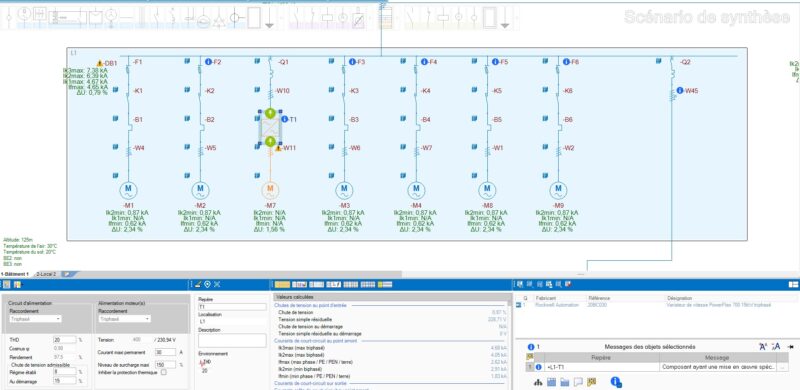
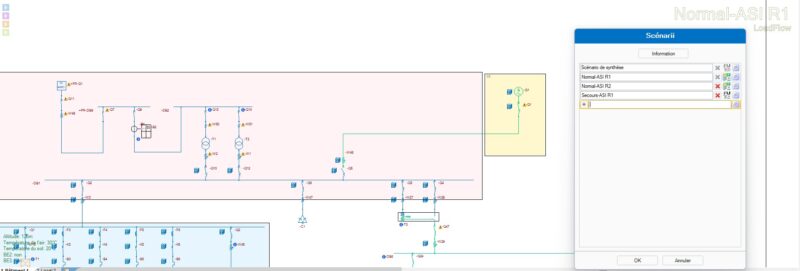
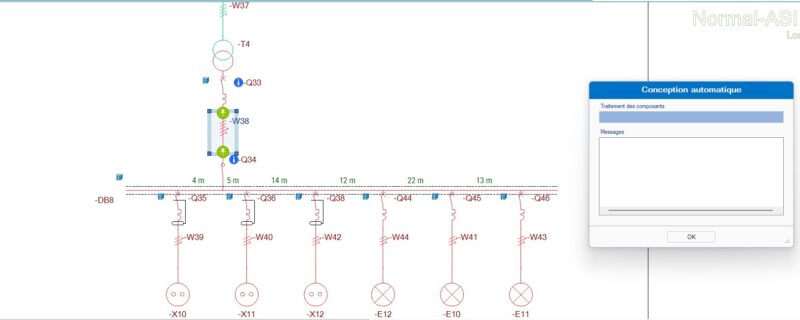

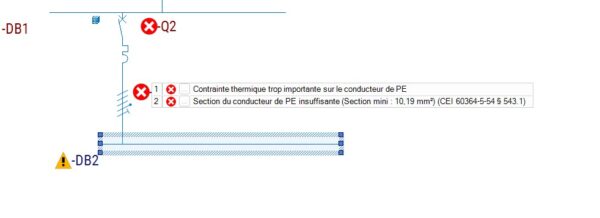

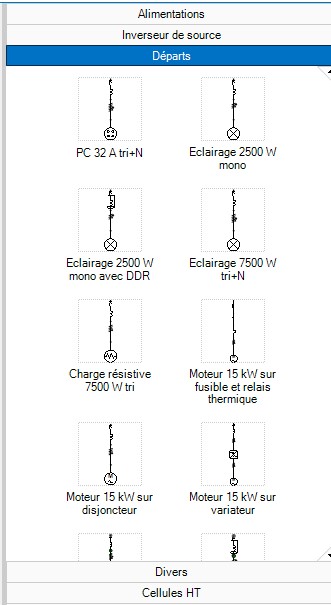
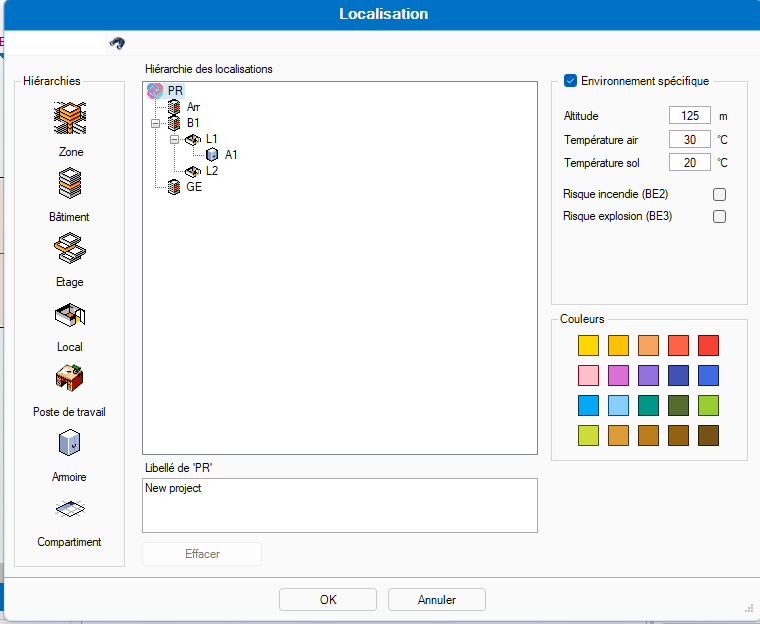
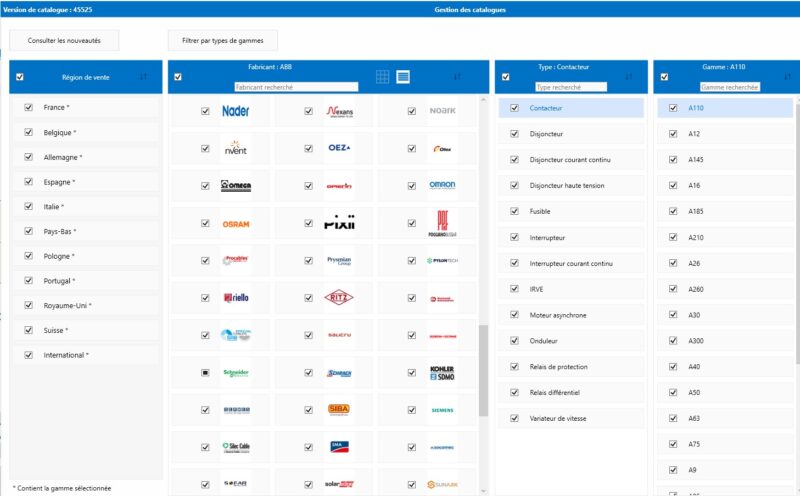

Standards
The calculation methods used in elec calc are based on the standards used and the personal safety regulations in force in different countries.
elec calc complies with IEC standards, but other standards are implemented to meet the specific requirements of the country (BS Standard for Great Britain, NF for France, RGIE/AREI Regulation for Belgium, NIBT Standard for Switzerland, REBT Standard for Spain, VDE Standard for Germany, NEN Standard for the Netherlands)
A range of electrical calculation programs adapted to your activity
Whether you are an installer, a design consultancy, an operator, a project owner, or a control office, there is version of elec calc adapted to your needs. The tool’s user-friendly and ergonomic interface will allow you to work with features tailored to your project.
They chose elec calc










Technical Manager - EIA Department - Oril Industrie, Servier Group
Industrial designer, Swissohm design office

